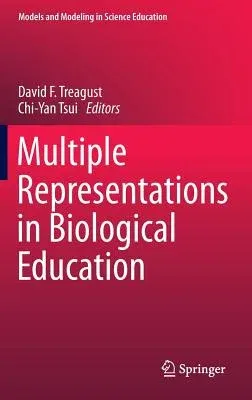Multiple Representations in Biological Education (2013)Hardcover - 2013, 2 February 2013

Qty
1
Turbo
Ships in 2 - 3 days
In Stock
Free Delivery
Cash on Delivery
15 Days
Free Returns
Secure Checkout

Part of Series
Models and Modeling in Science Education
Print Length
390 pages
Language
English
Publisher
Springer
Date Published
2 Feb 2013
ISBN-10
940074191X
ISBN-13
9789400741911
Description
Product Details
Book Edition:
2013
Book Format:
Hardcover
Country of Origin:
NL
Date Published:
2 February 2013
Dimensions:
23.39 x
15.6 x
2.69 cm
Genre:
Education
ISBN-10:
940074191X
ISBN-13:
9789400741911
Language:
English
Location:
Dordrecht
Pages:
390
Publisher:
Weight:
807.39 gm